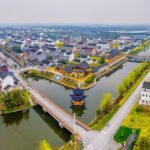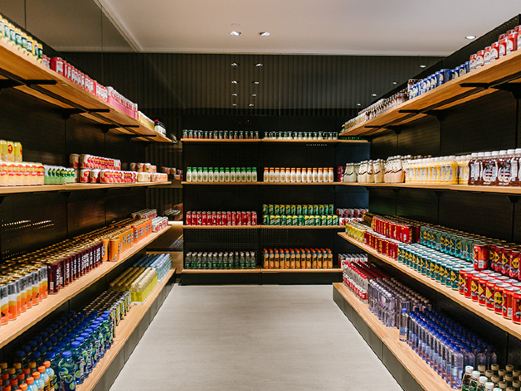The Nanjing Massacre Memorial Hall for Victims of Japanese Aggression is a specialized memorial museum established on the site of the Jiangdongmen Collective Massacre during the Nanjing Massacre. It was officially opened on August 15, 1985. After more than 30 years of construction and development, it has grown into a national first-class museum in China with high international recognition. Currently, the memorial hall includes three basic exhibitions: the Historical Exhibition of the Nanjing Massacre by the Japanese Army, the ‘Three Victories’ Theme Exhibition, and the ‘Sexual Slaves in World War II – The Japanese Military ‘Comfort Women’ System and Its Crimes Exhibition’. It showcases the history of the Nanjing Massacre, the Japanese ‘Comfort Women’ system, and the great victory of the Chinese people’s war against Japanese aggression. Nearly 4,000 photos, 9,992 pieces of various cultural relics, and 262 video materials are displayed, intelligently and solemnly expressing the five major themes of atrocity, resistance, victory, trial, and peace. Among them, the camera and video materials used by American missionary John Magee to film the historical images of the Nanjing Massacre have been included in the UNESCO ‘Memory of the World’ register. The memorial hall currently houses three sites of the Nanjing Massacre ‘mass graves’, displaying the remains of the victims found in 1984, 1998-1999, and 2006. After the completion of the new ‘Three Victories’ exhibition hall and the branch Nanjing Li Ji Xiang Comfort Station旧址 exhibition hall in December 2015, the total area of the memorial hall is 103,000 square meters, with a construction area of 57,000 square meters and an exhibition area of 20,000 square meters. It is distributed with 7 squares, 23 individual sculptures, and a large combined sculpture, 8 walls of various forms, and 17 monuments of various shapes. The memorial hall is a comprehensive museum about the history of the Nanjing Massacre, the Japanese ‘Comfort Women’ system, and the victory of the world’s anti-fascist war. A large number of cultural relics, photos, historical testimonies, video materials, archives, and sites provide a complete account of historical truth. Funds are invested every year to provide assistance to groups such as survivors of the Nanjing Massacre, victims of the ‘Comfort Women’ system, and veterans of the resistance war. Opening hours are all year round Tuesday to Sunday 08:30-17:00; all day closed on Mondays; open on New Year’s Day, Spring Festival, Qingming Festival, Labor Day, Dragon Boat Festival, Mid-Autumn Festival, and National Day 08:30-17:00.
Tips for visitors:
1. Please maintain silence and solemnity, no shouting or making noise; take care of historical relics, do not desecrate or damage national memorial facilities; dress appropriately, do not wear or carry clothing, logos that do not match the environment and atmosphere of the facilities; obey organizational guidance, do not disrupt public order.
2. To maintain solemnity and cleanliness, the museum area prohibits unauthorized vending, sales, entertainment, performances, begging, and other behaviors that damage the environment and atmosphere of the museum, violate public order and good customs.
III. It is prohibited to bring flammable, explosive, poisonous, radioactive, corrosive and other dangerous items that may endanger personal and property safety into the museum area.
IV. For activities such as exhibitions, performances, film and television drama shooting, live streaming on the Internet, and interviews in the museum area, the consent of the memorial hall shall be obtained.
V. No unit or individual is allowed to distort or deny the historical facts of the Nanjing Massacre, insult or slander the victims and survivors of the Nanjing Massacre, fabricate or spread remarks or information containing the above contents that damage the dignity of the country and the nation and hurt people’s feelings, and infringe on the legitimate rights and interests such as the names, portraits and reputations of the victims and survivors of the Nanjing Massacre.
VI. It is prohibited to use military uniforms, flags, icons or related props with symbolic significance of Japanese militarism in the museum area to take photos, record videos or publicly spread the above behaviors through the Internet.
VII. Whoever violates the above provisions shall be dissuaded and stopped by the museum. In serious cases, they will be reported to the public security organs for handling in accordance with the law.
Nanjing Massacre Memorial Hall for Victims of Japanese Aggression
The Nanjing Massacre Memorial Hall for Victims of Japanese Aggression is a specialized memorial muse[...]









